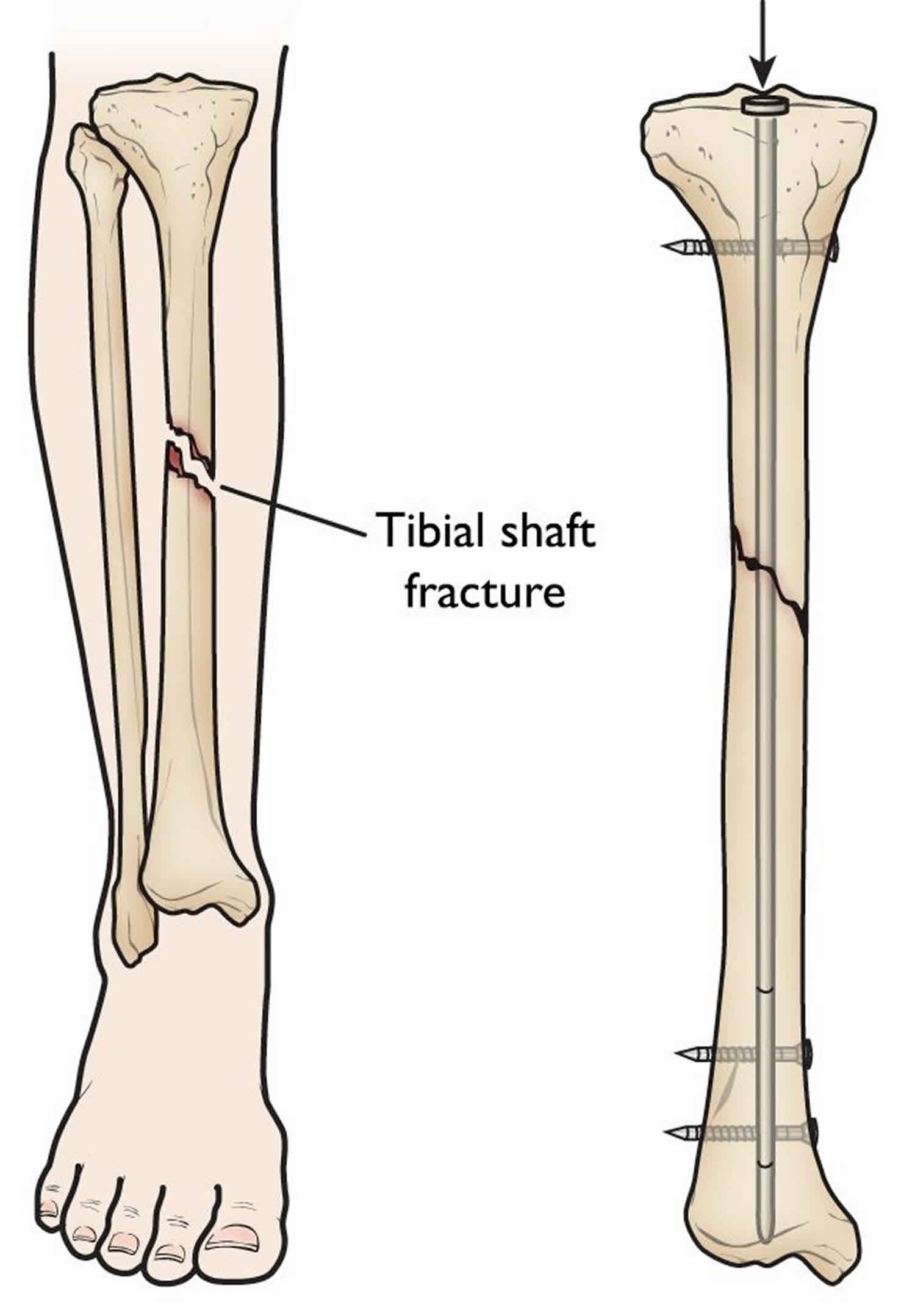
This is not only due to a lack of well-defined population-based cohort studies, but also the fact that many people who sustain these injuries may not seek treatment, and many of these injuries can be subtle or missed.

Accurate incidence is difficult to know because most of the literature regarding avulsion fractures is comprised of case reports and case series. The true prevalence or incidence of many avulsion fractures is not known. Īdults avulsion fractures, on the other hand, tend to have a higher association with traumatic injuries. Adolescent avulsions most often involve a secondary apophysis, which is a growth plate that does not contribute to longitudinal growth and has been described as similar to a “transitional fracture” of the lower extremity. Table 1 provides a list of avulsion fractures by anatomic location along with the avulsing soft tissue attachments, common mechanisms of injury, along with common or reported associated pathologies (see images 1-5).Ĭertain fracture types tend to be more common in adolescents, and tend to be associated with sports-related injuries. Each specific anatomic avulsion fracture likely warrants specific attention with deeper study beyond this general review. In general, these fractures can occur in adult, adolescent, or pediatric populations, with common characteristics specific to each anatomic location. Certain avulsion fracture patterns are so reliable that the presence of the avulsion fracture itself is pathognomonic for specific associated injuries or pathologies. The addition of an avulsion fracture to an intra-articular soft tissue injury may indicate more significant instability than what is normally seen. įracture patterns, along with information such as patient age, can provide information for the injury mechanism as well as predict stability and predict associated soft tissue injuries. These injuries are important to recognize because they are frequently associated with other concomitant soft tissue, or osteocartilaginous injuries, or can indicate joint instability.

Some types of avulsion fractures are quite common, and many others are very rare, but may remain clinically significant. Some areas of the body incorporate many individual joints in very close approximation like the wrist and hand while other joints like the knee, have multiple articulating surfaces within the joint itself, each with a complex, sometimes overlapping network of muscles, tendons, ligaments, meniscus and capsular attachments that all play a role in both function and stability of the joint. Īvulsion fractures often happen near joints due to large numbers of supporting osseous, tendinous, and capsuloligamentous structures in a relatively close anatomic space, or at apophyseal myotendinous attachment sites. Although size is a consideration, and often significant, size does not necessarily correlate with clinical significance in every injury. Clinical significance can be benign or extremely clinically relevant. They can represent small or large fractures. Īvulsion fractures, as a topic, is very broad, with diverse mechanisms, clinical scenarios, presentations, and a wide range of appropriate management depending on where it occurs. Soft tissue attachments to bone can include ligaments, tendons, sub tendon sheaths, joint capsule, labrum, retinaculum, meniscus, or syndesmosis. Less commonly, avulsion fractures can also be a complication from a surgical procedure, or the result of a pathologic condition such as a genetic defect, infection, or neoplasm. Avulsion fractures can occur in any area where soft tissue is attached to bone. The failure of bone most commonly results from an acute event with the application of usually sudden, tensile force to the bone through the soft tissue, or when chronic repetitive avulsive stresses lead to a piece of bone being pulled away by the soft tissue. An avulsion fracture is a failure of bone in which a bone fragment is pulled away from its main body by soft tissue that is attached to it.


 0 kommentar(er)
0 kommentar(er)
